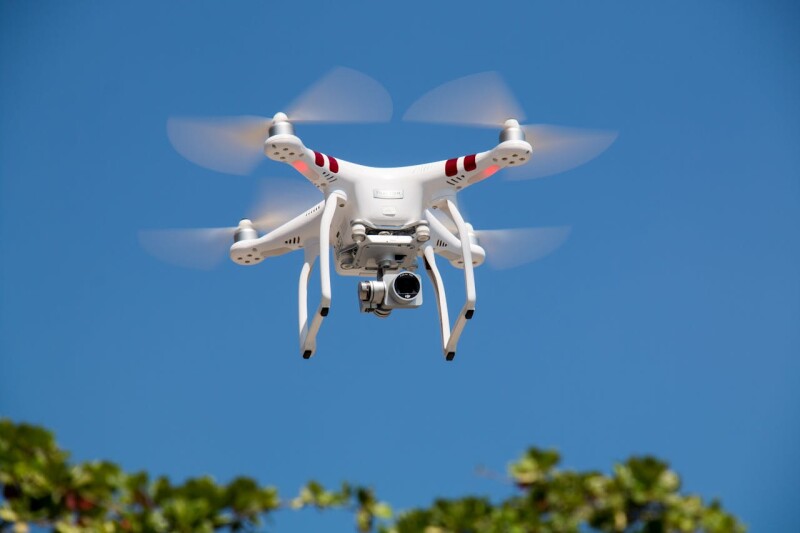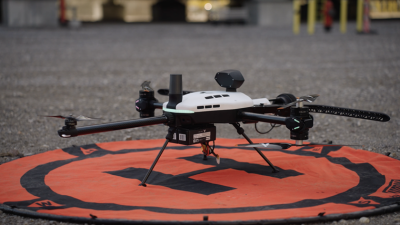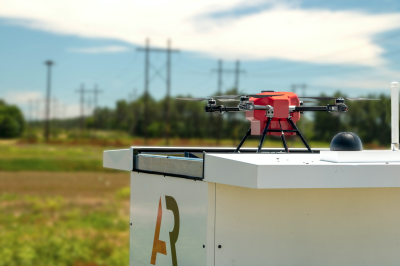This week’s “Around the Commercial Drone Industry” news round-up focuses on the FAA’s annual Drone Safety Day, how researchers are using drones to determine ice thickness in Alaska, studies on the use of drone swarms, and how a 500-year old Leonardo Da Vinci invention could lead to quieter drone flights.
Saturday, April 27 is Drone Safety Day
This Saturday is Drone Safety Day. Sponsored by the FAA, the day was created to “connect the drone community through local and nationwide events, emphasizing the importance of flying safely.” In addition to providing an opportunity to build relationships between all drone users – recreational and commercial – Drone Safety Day will “highlight the societal, economic, and safety benefits of safe drone operations.” Learn more about the event and find out how to get involved by visiting the FAA’s Drone Safety Day webpage. You can also follow the FAA on X, Facebook and Instagram for Drone Safety Day news.
Drones Measure Ice Thickness in Alaska
According to a report by KTUU in Anchorage, Alaska, a team from the University of Alaska-Fairbanks Geophysical Institute is using drones to measure the thickness of sea ice in the northern part of that state. The report states that researchers are testing the viability of using a special tool mounted on a drone to take thickness measurements. Accurate measurements are important, the report says, because sea ice is “used as a hunting platform, protects coastal communities from winter storm and is a good measure of a changing climate.”
Can a Da Vinci Design Make Drones Quieter?
An article from Futurity details how engineers at Johns Hopkins Whiting School of Engineering are testing the “aerial screw,” a 500-year old innovation from Leonardo Da Vinci, to see if it can adapted to uncrewed aerial vehicles. Specifically, the researchers are performing flight simulations to see if Da Vinci’s “screw-like shape and single blade” propeller design can produce quieter flights than “traditional propellers with their flat, thin blades and angled edges.” As drones gain in popularity and use around the world, the demand for quieter drone operations will grow. With this in mind, the researchers plan to “conduct more simulations to model the propellers’ noise levels when the drones are larger and operating at higher speeds.”
How One Person Can Supervise Hundreds of Drones at Once
Study results from Oregon State University detail how a “swarm” of “more than 100 autonomous ground and aerial robots can be supervised by one person without subjecting the individual to an undue workload.” Through a four-year research project, researchers deployed swarms of up to 250 autonomous multi-rotor aerial drones (along with ground rovers) “to gather information in ‘concrete canyon’ urban surroundings where line-of-sight, satellite-based communication is impaired by buildings.” The success of these operations, Oregon State says, “represent a big step toward efficiently and economically using swarms in a range of roles from wildland firefighting to package delivery to disaster response in urban environments.”















Comments